Every town has its tourist spots—museums, parks, historical landmarks—but some places take pride in attractions so bizarre they leave visitors utterly bewildered. These aren’t your typical roadside photo opportunities; they’re genuine head-scratchers that somehow became local points of pride.
Here is a list of 20 peculiar attractions that make you double-take when visiting.
The Corn Palace in Mitchell, South Dakota
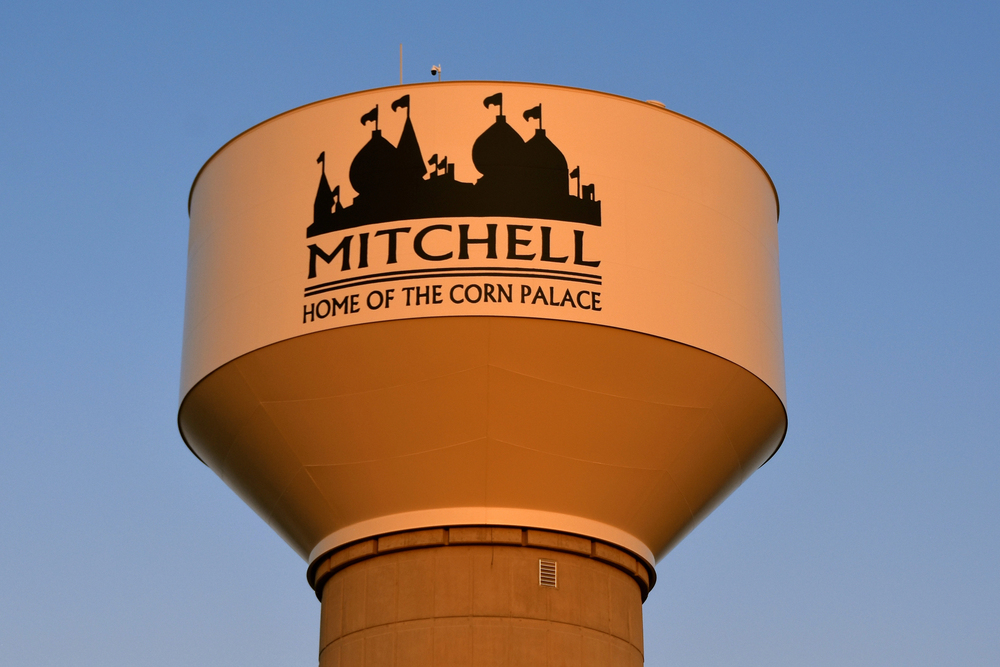
Each year, the exterior of this multi-purpose arena is completely redecorated with over 275,000 ears of corn. Artists create elaborate murals using corn of different colors, turning the building into a massive agricultural canvas.
Locals consider it perfectly normal to have a palace dedicated to corn, while first-time visitors often stand speechless before this kernel-covered wonder.
The Garden of Eden in Lucas, Kansas
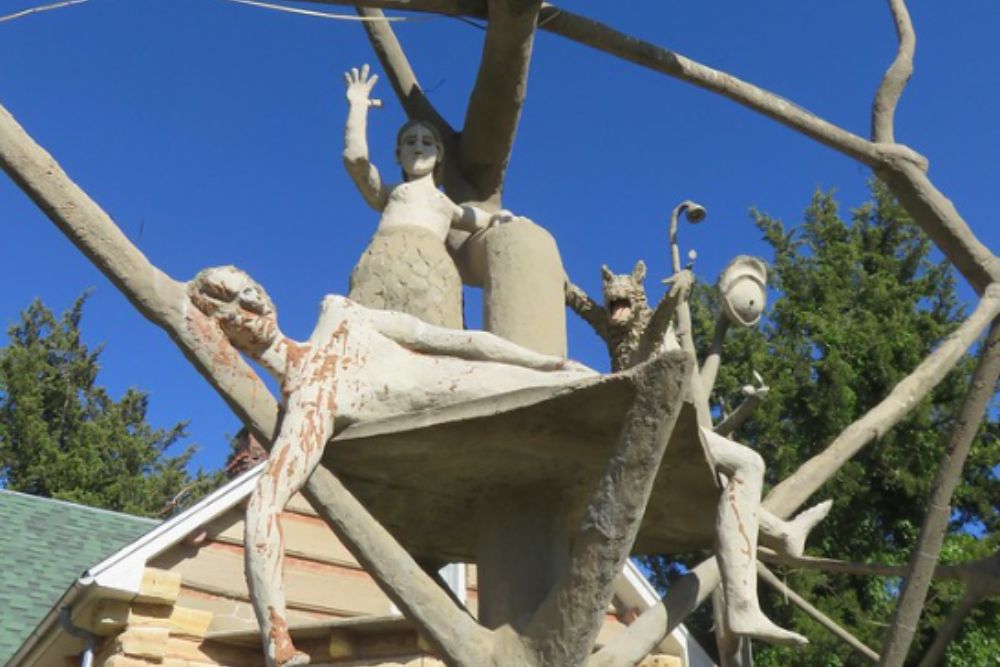
This isn’t your biblical paradise but a concrete jungle of odd sculptures created by Civil War veteran S.P. Dinsmoor. He spent years crafting over 200 peculiar figures and structures around his home, including 40-foot-tall concrete trees reinforced with scrap metal.
Visitors walking through this eccentric garden often wonder about the fascinating mind that created such an unusual artistic vision.
Like Travel Pug’s content? Follow us on MSN.
Carhenge in Alliance, Nebraska
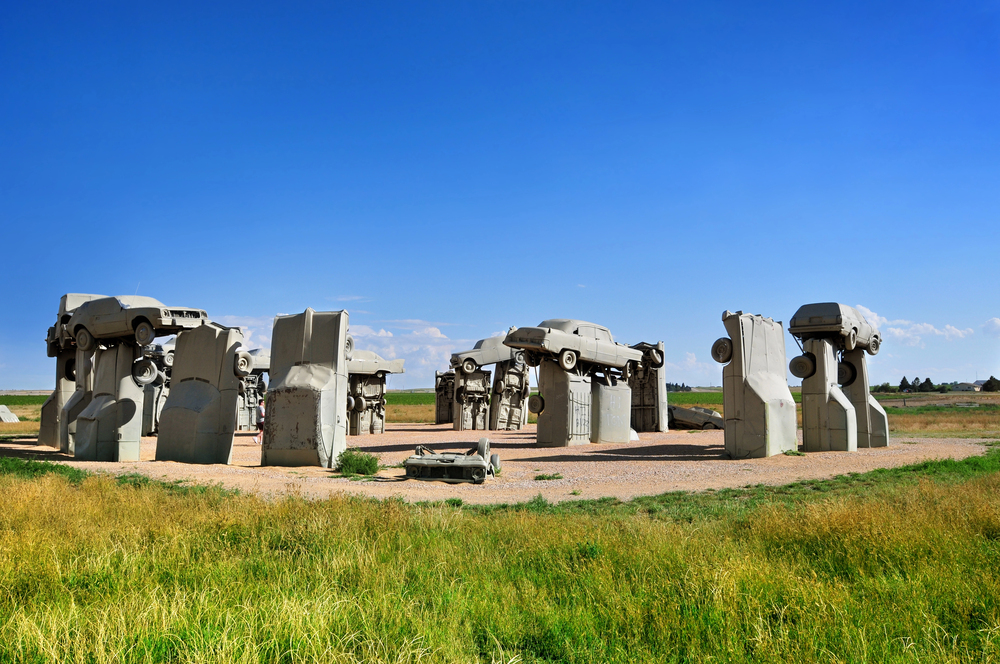
Someone decided that Stonehenge wasn’t quite American enough and created this full-scale replica using vintage automobiles instead of stones. Thirty-eight grey-painted cars stand in the exact formation of the ancient English monument, some buried trunk-down in the prairie soil.
The combination of prehistoric inspiration and junked Cadillacs creates a roadside attraction that perfectly embodies American eccentricity.
The Mystery Spot in Santa Cruz, California

This attraction defies explanation—or at least claims to. Inside this “gravitational anomaly,” water appears to flow uphill, people seem to stand at impossible angles, and your sense of spatial orientation goes completely haywire.
The guides offer pseudoscientific explanations involving electromagnetic fields, but the true mystery might be why thousands visit annually to experience what amounts to clever optical illusions.
Foamhenge in Natural Bridge, Virginia
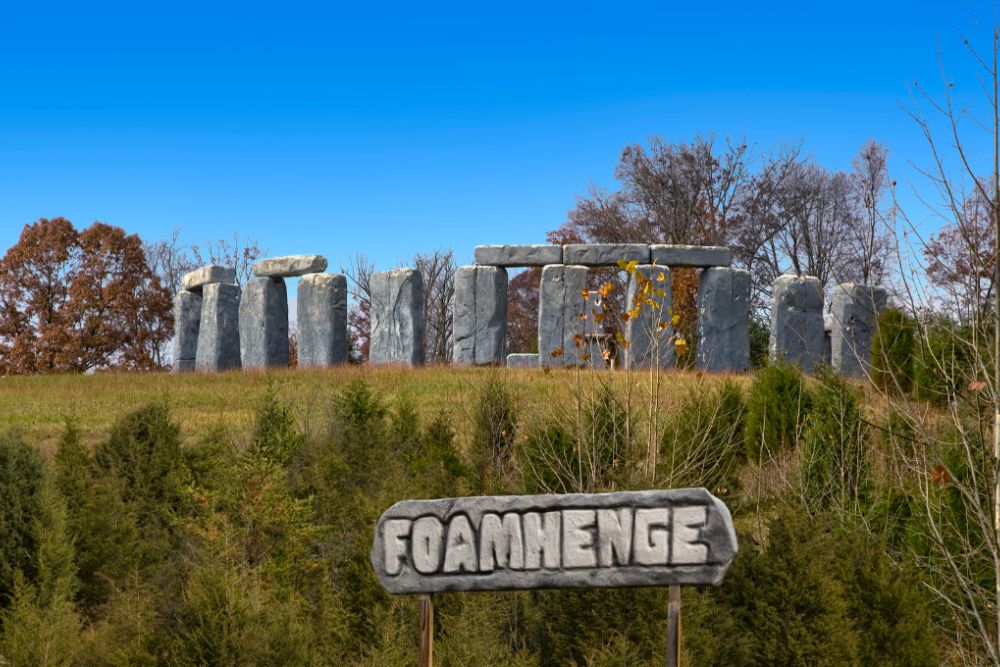
Before it was relocated to Centreville, this full-sized styrofoam replica of Stonehenge stood prominently in the Virginia countryside. The lightweight stones look surprisingly authentic from a distance despite weighing about one percent of the originals.
Creator Mark Cline spent just six weeks building what became one of the most photographed roadside attractions in the state, proving that sometimes, the copy can be just as captivating as the original.
Like Travel Pug’s content? Follow us on MSN.
The International Banana Museum in Mecca, California
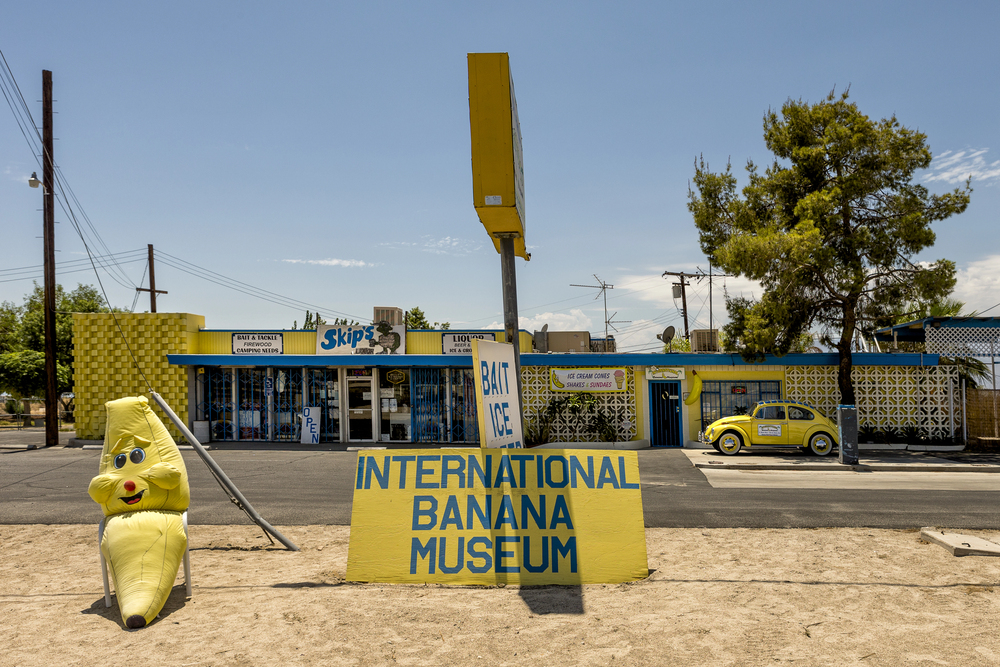
With over 25,000 banana-related items, this tiny museum holds the Guinness World Record for the largest collection dedicated to a single fruit. Visitors can browse endless banana memorabilia while sipping banana milkshakes from the adjoining soda fountain.
The relentless yellowness of the place creates an almost hallucinatory experience that makes even banana enthusiasts question the depth of their devotion.
Petrified Wood Park in Lemmon, South Dakota
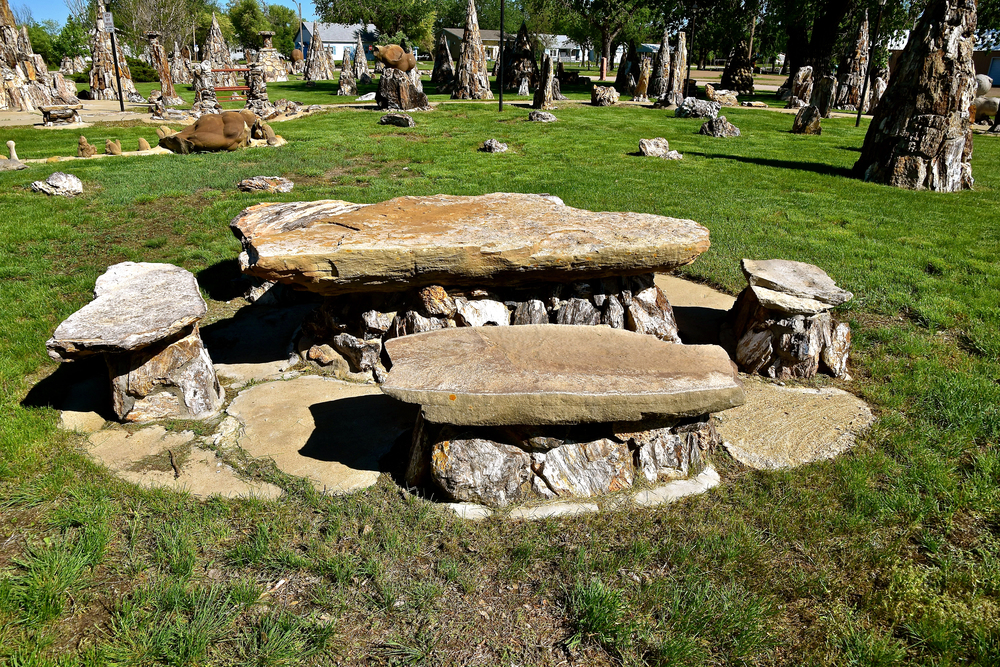
Four city blocks filled with towers, fountains, and dreamlike structures built entirely from fossilised wood fragments create an otherworldly landscape. Local businessman Ole S. Quammen employed dozens of men during the Great Depression to gather and arrange hundreds of tons of petrified wood into this surreal park.
The bizarre collection of structures looks like something from an alien civilization rather than a small prairie town’s main attraction.
The Thing in Dragoon, Arizona
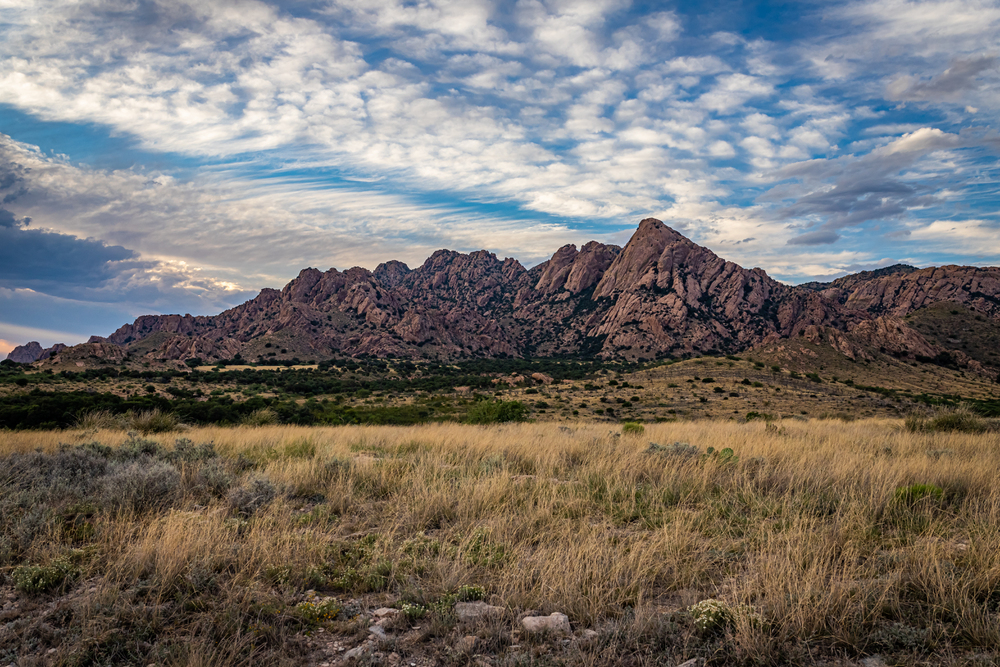
For decades, billboards along Interstate 10 have tempted travelers with a simple question: “What is The Thing?” After paying the modest admission fee and walking through a maze of unrelated oddities, visitors finally encounter a mummified object displayed behind glass.
The unclear origins and questionable authenticity only add to the charm of this classic American tourist trap, which has confused visitors since the 1950s.
Like Travel Pug’s content? Follow us on MSN.
Bubblegum Alley in San Luis Obispo, California
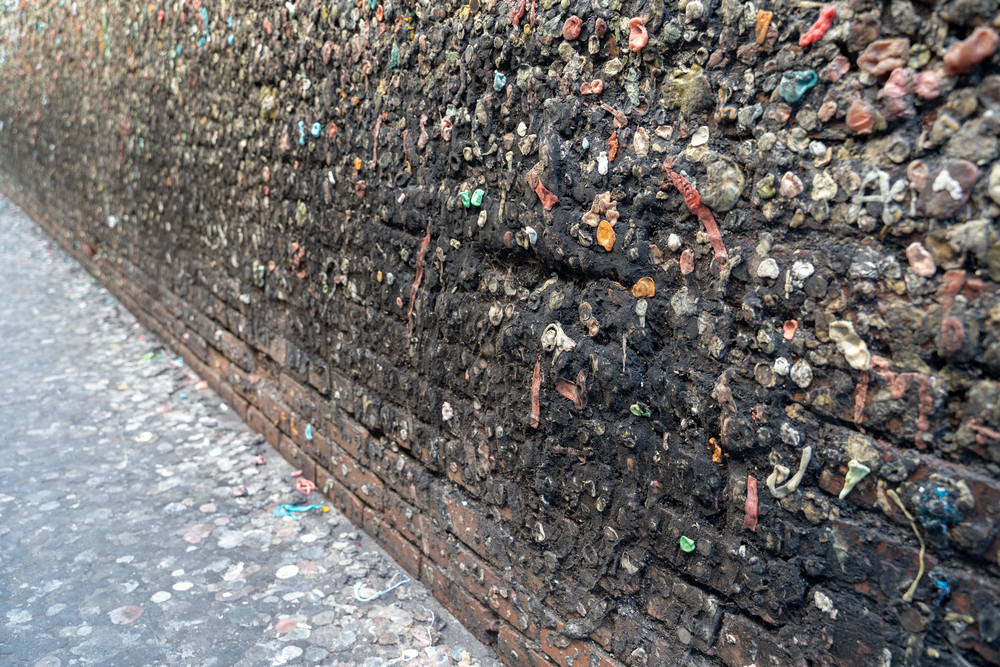
This 15-foot-high, 70-foot-long alley is completely covered in used chewing gum, which visitors have contributed over many decades. The colorful, sticky walls contain an estimated 2 million pieces of gum, creating what some consider art and others view as a public health hazard.
Despite early cleanup attempts, local businesses have embraced the unusual attraction, proving that sometimes the strangest traditions become the most enduring.
Cadillac Ranch in Amarillo, Texas
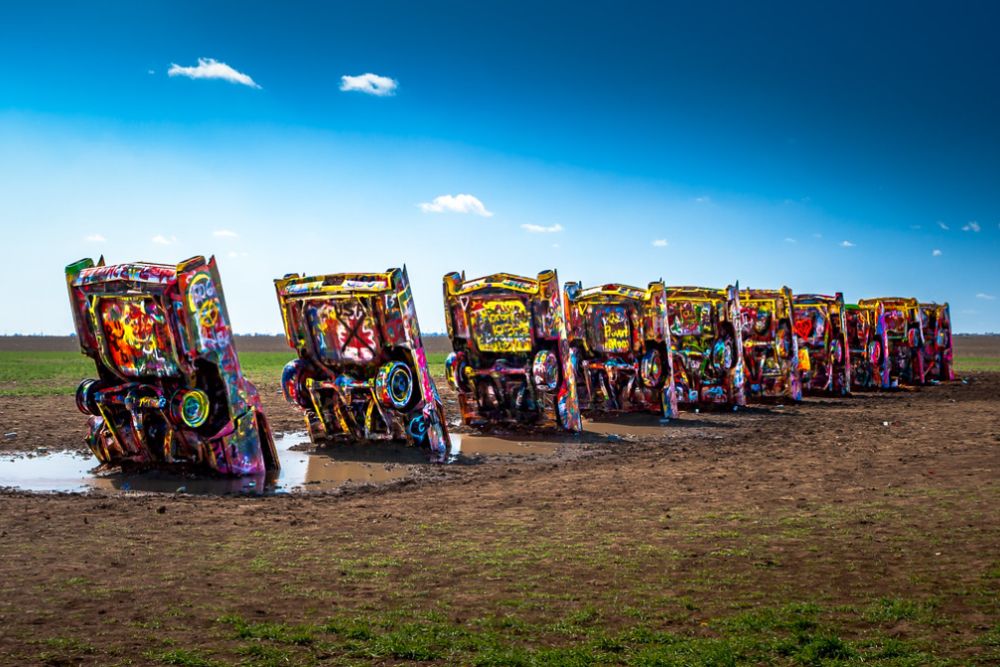
Ten Cadillacs stand buried nose-down in a dusty Texas field at the same angle as the Great Pyramid of Giza. Installed in 1974 by an art collective called Ant Farm, the cars are now barely recognizable under countless layers of visitor-applied spray paint.
The ever-changing canvas of automotive relics has become an American icon of interactive public art where everyone is encouraged to leave their mark.
The Enchanted Highway in Regent, North Dakota
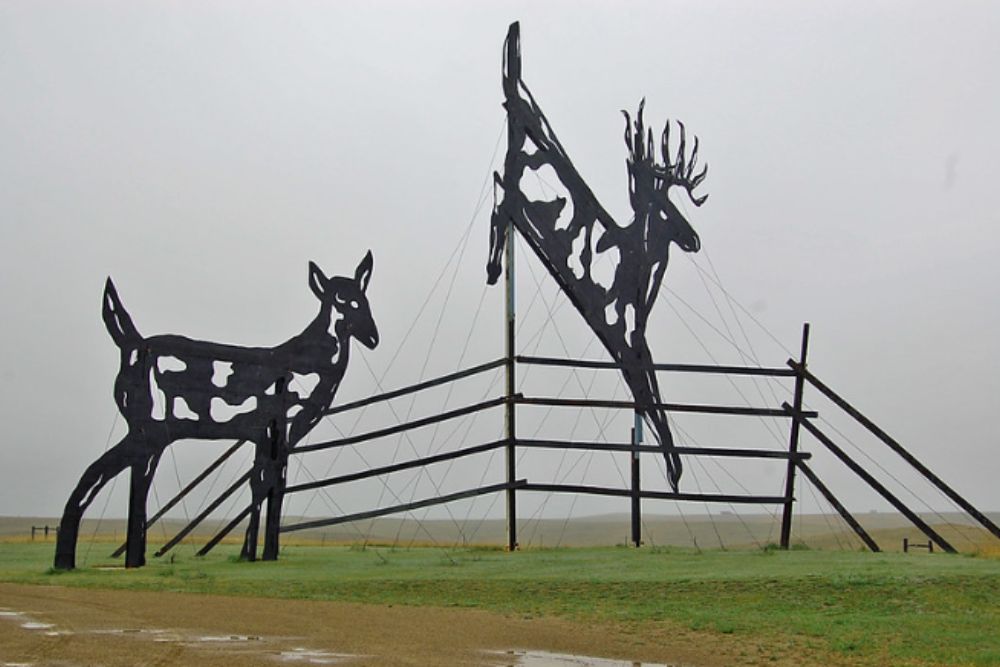
Along a 32-mile stretch of rural highway stand some of the world’s largest scrap metal sculptures, including an 80-foot tall family of tin men and massive pheasants with wingspans reaching 70 feet. Artist Gary Greff single-handedly created these enormous roadside attractions to prevent his hometown from becoming a ghost town.
The scale and ambition of these sculptures seem wildly disproportionate to the tiny community they were designed to save.
Like Travel Pug’s content? Follow us on MSN.
The Museum of Bad Art in Somerville, Massachusetts

This gallery proudly displays artwork “too bad to be ignored,” celebrating the best of the worst in painting and sculpture. With pieces like Lucy in the Field with Flowers and Sunday on the Pot with George, the curators have assembled a collection that fascinates precisely because of its spectacular technical failures.
Visitors often leave with a newfound appreciation for artistic ambition, even when execution falls hilariously short.
The World’s Largest Ball of Twine in Cawker City, Kansas
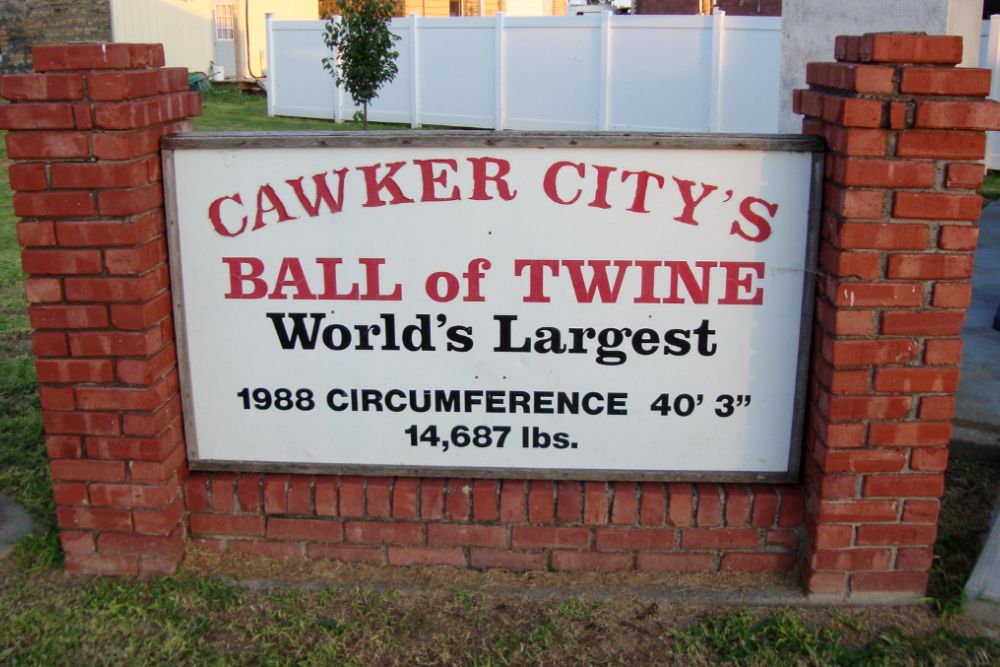
Starting with Frank Stoeber in 1953, this massive sphere continues to grow as visitors add their contributions to its 5,000-pound bulk, which now measures over 40 feet in circumference. Every August, the town celebrates Twine-a-thon, allowing tourists to participate in expanding this monument to human persistence.
It’s hard not to wonder about the psychology behind dedicating decades to creating an entirely functionless object of this magnitude.
The Heidelberg Project in Detroit, Michigan
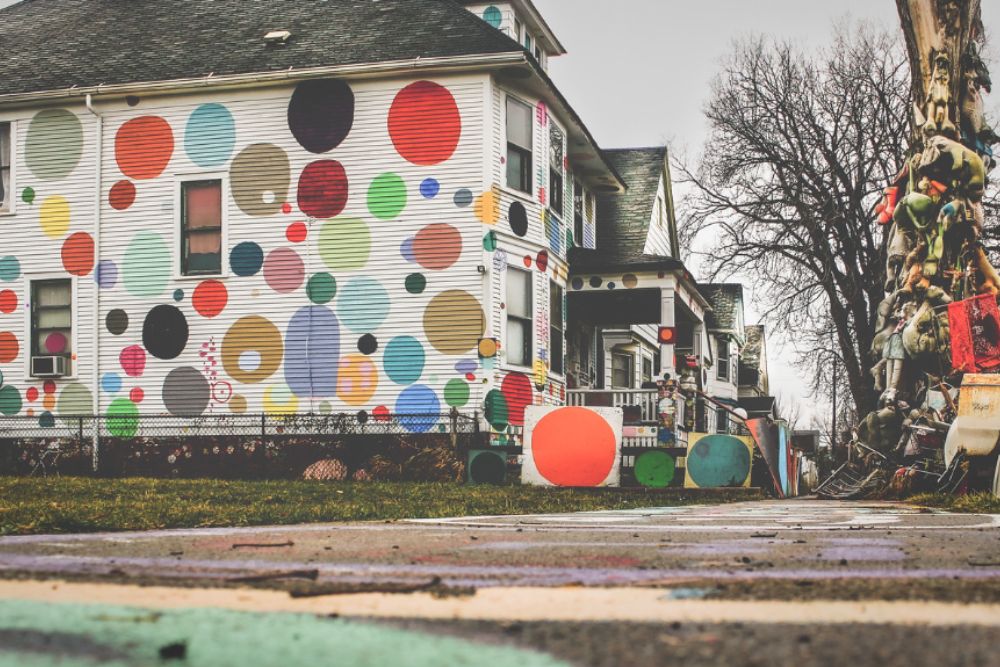
Artist Tyree Guyton transformed a declining neighborhood into an outdoor art installation by decorating abandoned houses with found objects—stuffed animals, broken appliances, discarded shoes—creating a surreal urban landscape.
What started as one man’s response to urban decay has become an internationally recognized art environment that challenges perceptions about community, consumption, and creativity in surprising ways.
Like Travel Pug’s content? Follow us on MSN.
Salvation Mountain in Niland, California
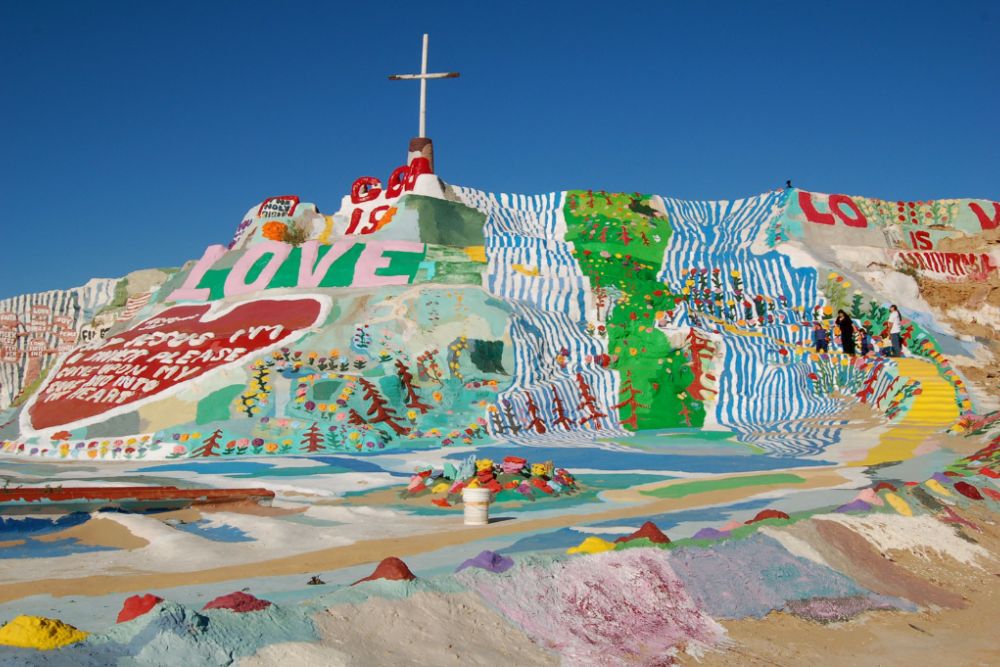
The late Leonard Knight spent decades creating this 50-foot-tall, 150-foot-wide painted mountain in the California desert, using Adobe clay and thousands of gallons of donated paint to spread his message of universal love. The rainbow-coloured hillside, covered in religious scripture and heart shapes, starkly contrasts the barren surroundings of the Imperial Valley.
Visitors are often moved by the pure devotion required to create such a massive folk art installation in an inhospitable environment.
House on the Rock in Spring Green, Wisconsin
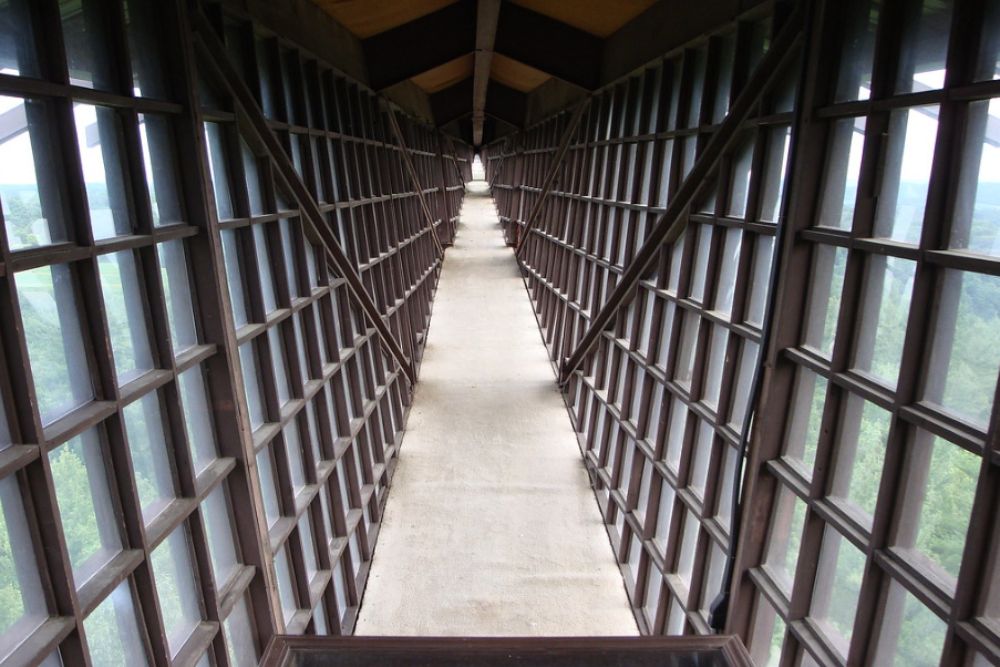
What began as an unusual house built atop a 60-foot chimney of rock has expanded into a labyrinthine collection of bizarre rooms, automated music machines, and the world’s largest indoor carousel. Creator Alex Jordan Jr. filled his architectural oddity with collections so vast and strange that reality seems to bend as you move through the space.
The sheer scale of weird objects assembled in one location makes visitors question whether they’ve entered a museum or someone’s extraordinarily vivid dream.
Fremont Troll in Seattle, Washington
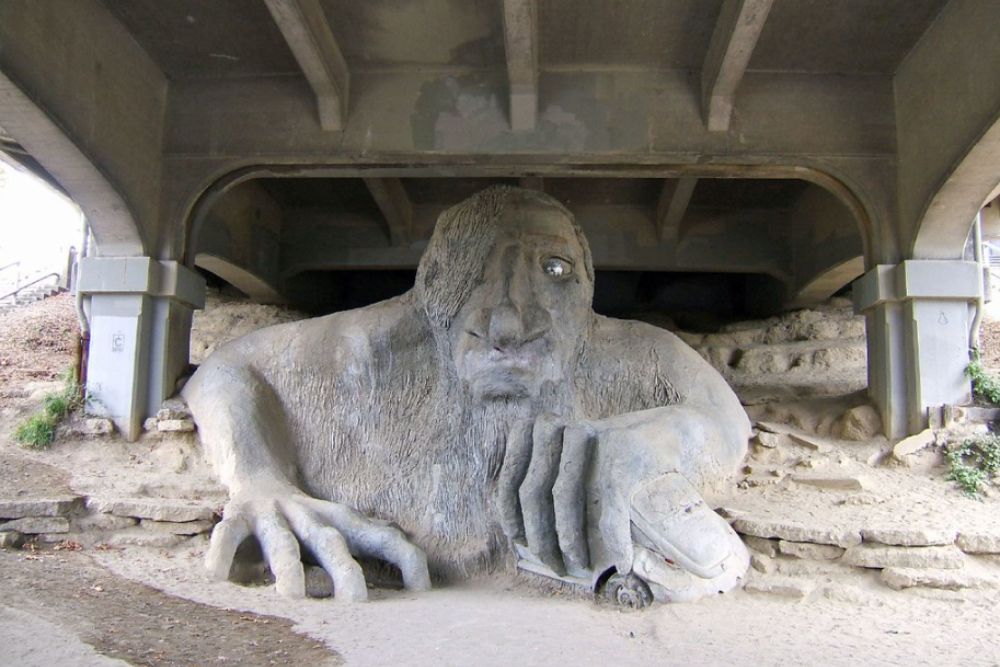
Lurking under the Aurora Bridge, an 18-foot concrete troll clutches a real Volkswagen Beetle in its massive hand. The sculpture, created by four local artists in 1990, has become a beloved neighborhood icon despite its monstrous appearance.
The juxtaposition of a mythological creature in an urban setting creates a fairy-tale moment in an otherwise ordinary underpass, proving that public art doesn’t need to be traditionally beautiful to become culturally significant.
Like Travel Pug’s content? Follow us on MSN.
Wall Drug in Wall, South Dakota
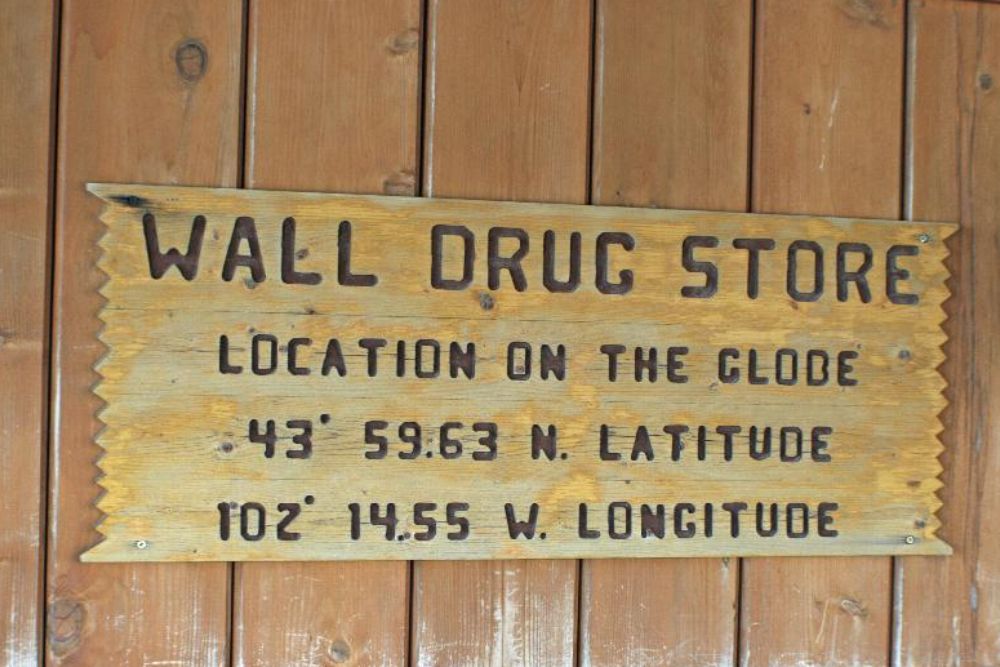
What began as a small pharmacy offering free ice water to thirsty travelers has evolved into a 76,000-square-foot roadside behemoth featuring everything from a T-Rex that roars every 12 minutes to an 80-foot brontosaurus visible from the interstate. During the summer, the sprawling complex attracts up to 20,000 visitors daily.
The transition from a practical pit stop to a surreal tourist metropolis happened so gradually that the sheer weirdness of the place is easy to overlook.
Winchester Mystery House in San Jose, California
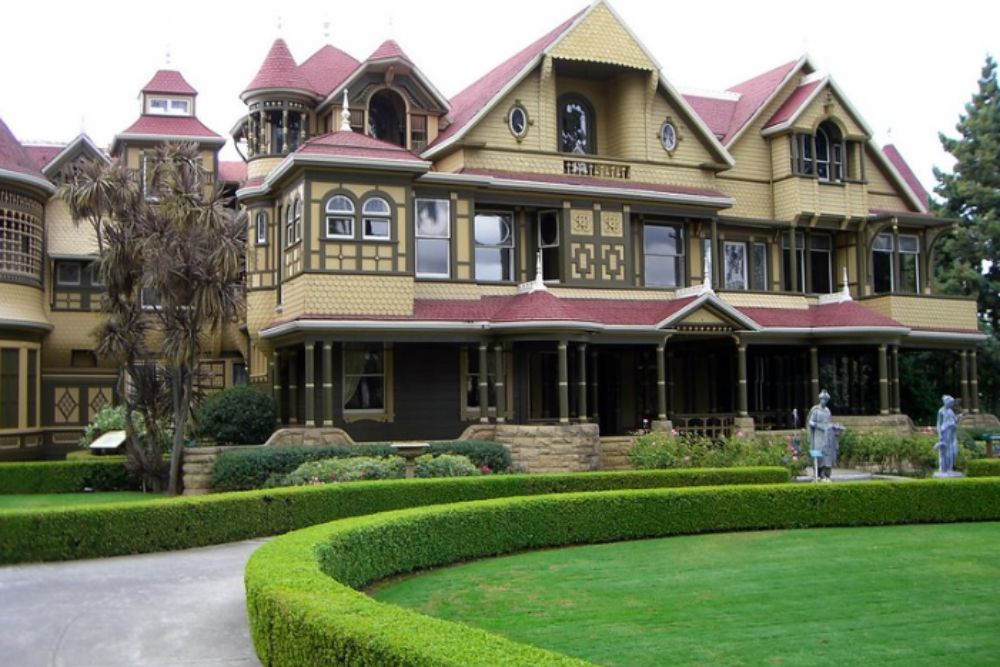
This 160-room Victorian mansion features staircases leading to ceilings, doors opening to blank walls, and windows overlooking other rooms—all allegedly built to confuse the ghosts that owner Sarah Winchester believed were haunting her. Construction continued 24 hours a day for 38 years until she died in 1922.
The architectural chaos reflects the mind of a woman consumed by superstition and grief, creating a physical space as disorienting as the fears that inspired it.
The Unclaimed Baggage Center in Scottsboro, Alabama
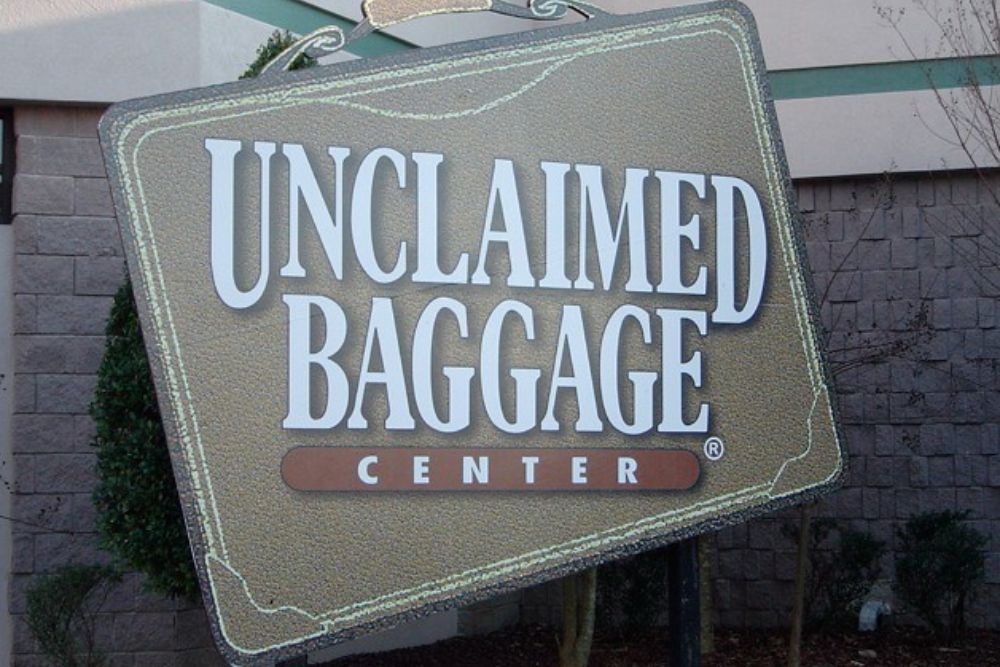
This 50,000-square-foot store sells luggage contents that airlines could not reunite with their owners. Shoppers can browse through strangers’ personal belongings, from wedding dresses and fine jewelry to exotic souvenirs and unusual collectibles.
There’s something undeniably fascinating yet slightly unsettling about examining items that represent interrupted journeys and personal stories left unfinished.
Like Travel Pug’s content? Follow us on MSN.
Beyond Ordinary: The Appeal of the Unusual
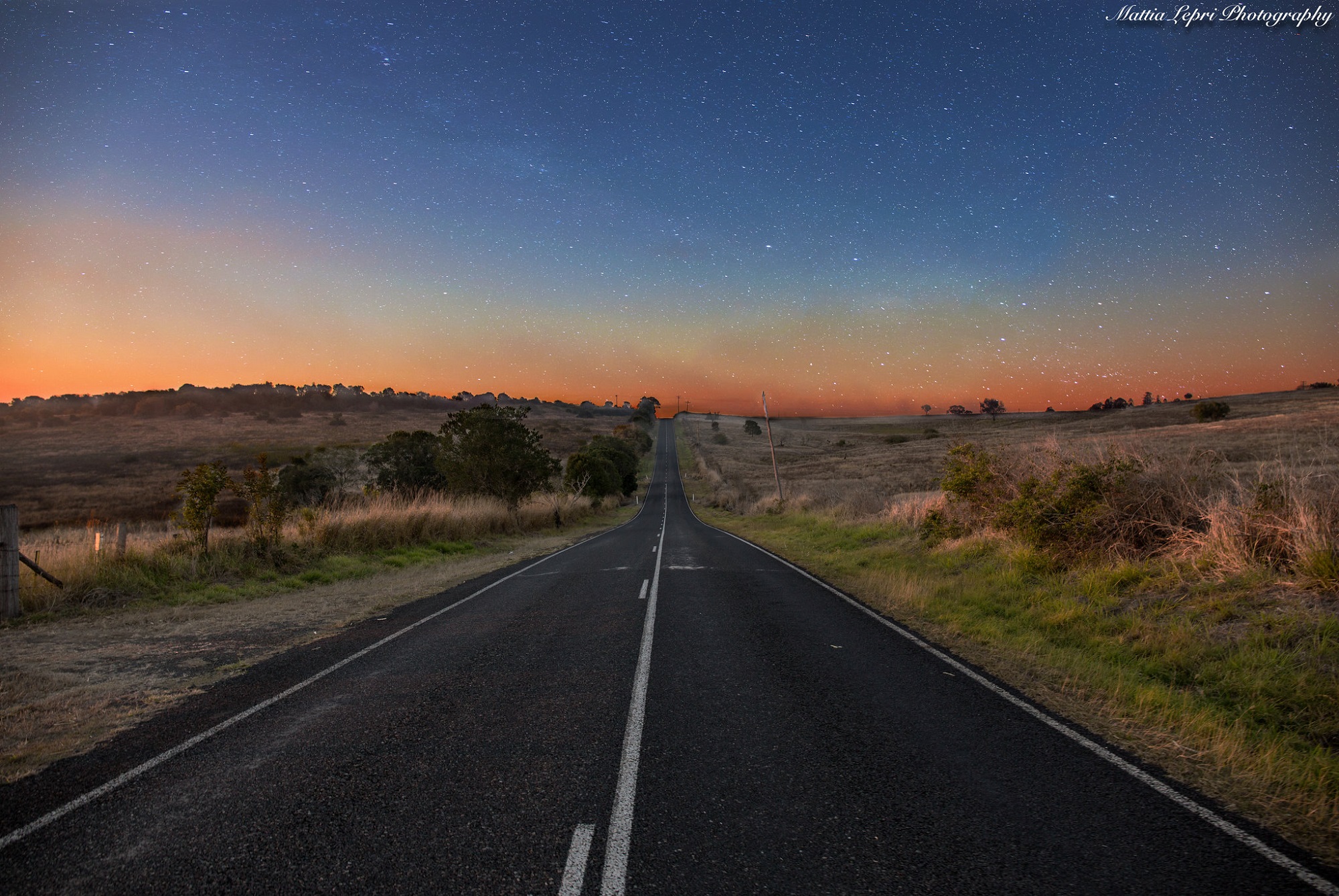
These attractions reveal something fundamental about American culture—a celebration of individualism, creativity, and the freedom to be genuinely weird. What starts as one person’s unusual vision often evolves into a beloved landmark that defines a community’s identity.
In a world of increasingly homogenized tourist experiences, these bizarre destinations remind us that the most memorable places often make no sense at first glance.
More from Travel Pug

- 20 Destinations That Were Once Thriving but Are Now Quietly Disappearing
- 13 Destinations Where Tourists Regularly Regret Their Trip
- 20 Once-Popular Beach Towns That Are Now Ghostly Empty
- 10 Under-the-Radar Mountain Towns That Are Both Affordable and Beautiful
- Take a ‘Learning Vacation’ in These 20 Extraordinary Places
Like Travel Pug’s content? Follow us on MSN.
